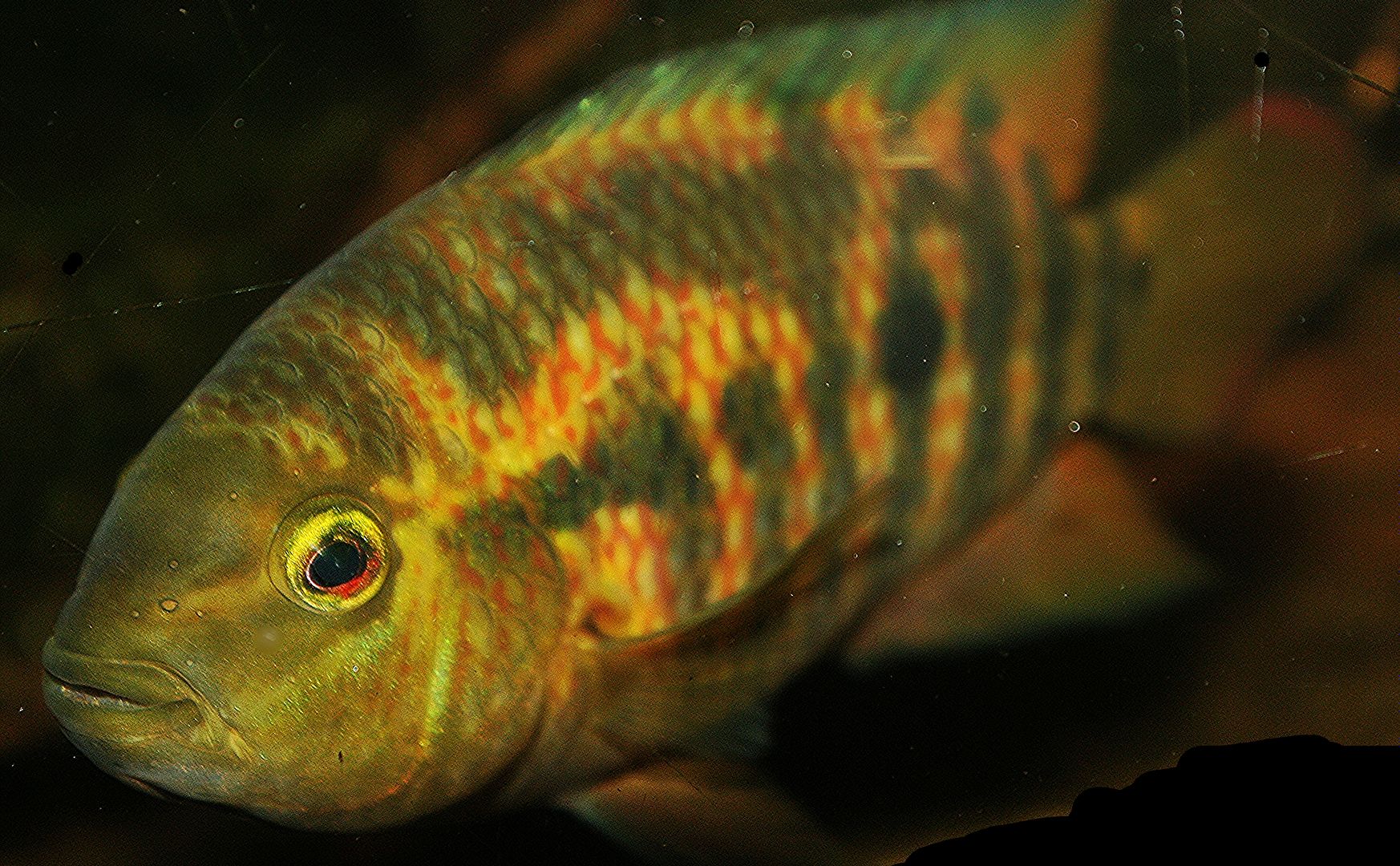So, I'm trying to get some information on these guys. I'm having a hard time finding reliable information on these guys. Anyone here have any experience with these guys?
I just ordered a group of 5 juveniles to go in my 75 gallon. They'll be sharing the tank with a group of 6 giant danios, a large pair of angelfish that will be moved when the ceibals get bigger, and a clown pleco and some BN plecos.
I know that they are a cooler water species. While the angels are in there I will keep the tank at about 74-75, when I remove them I might drop it down a few more degrees.
What I'm really wondering is about numbers. When they get bigger would it be better to keep just one pair or one male and a couple females or would a group of mixed genders coexist well? I'm just wondering about long term stocking of these guys.
Sent from my iPhone using MonsterAquariaNetwork app
I just ordered a group of 5 juveniles to go in my 75 gallon. They'll be sharing the tank with a group of 6 giant danios, a large pair of angelfish that will be moved when the ceibals get bigger, and a clown pleco and some BN plecos.
I know that they are a cooler water species. While the angels are in there I will keep the tank at about 74-75, when I remove them I might drop it down a few more degrees.
What I'm really wondering is about numbers. When they get bigger would it be better to keep just one pair or one male and a couple females or would a group of mixed genders coexist well? I'm just wondering about long term stocking of these guys.
Sent from my iPhone using MonsterAquariaNetwork app
















